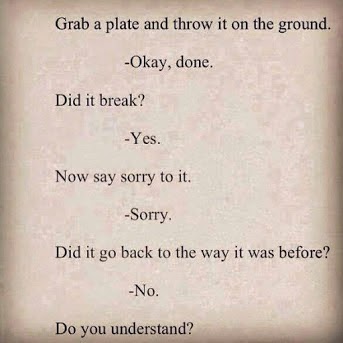The City Revisited: A Re-photographic Study of Derry

A lot of really wonderful things happened in Derry, or Londonderry, (or Legenderry even,) last year when it became the first UK City of Culture. For a small city, it's been big at attracting interesting and creative people; last year there was funding and impetus for people to continue and build on that tradition. One of my favorite projects was created by two photographers, Andy Horsman and Paul McGuckin . They rephotographed iconic Derry photos, many taken over 100 years ago. Using a large format camera that would have been used to take the originals (5" x 4") they did some editing magic to knit the images together in surprising, poignant and occasionally haunting ways. You can check out their awesome blog to learn more about them, their technique and the evolution of the project. A montage of their work mashing up more contemporary cityscapes in Derry with scenes of the civil rights movement and the Troubles can be found here, at the BBC History website. I d





